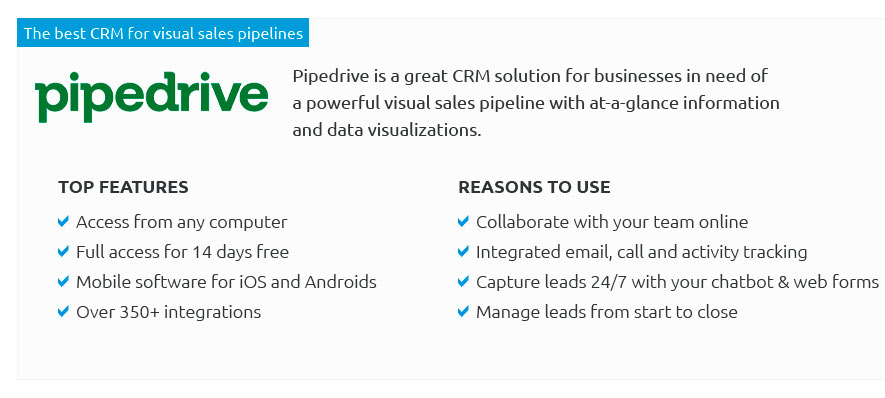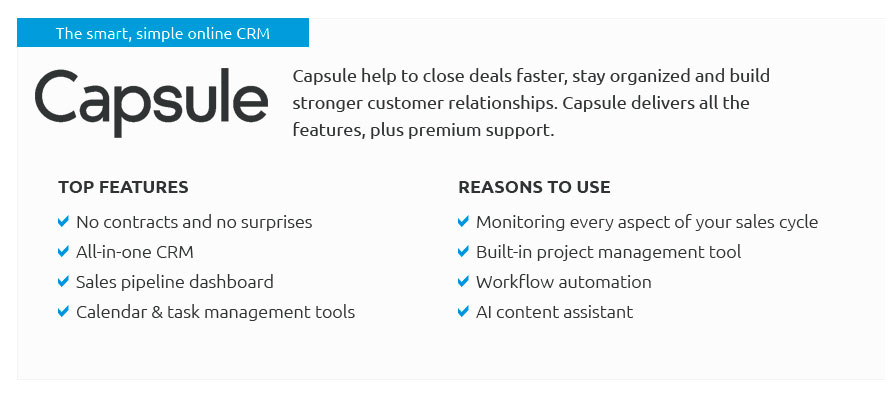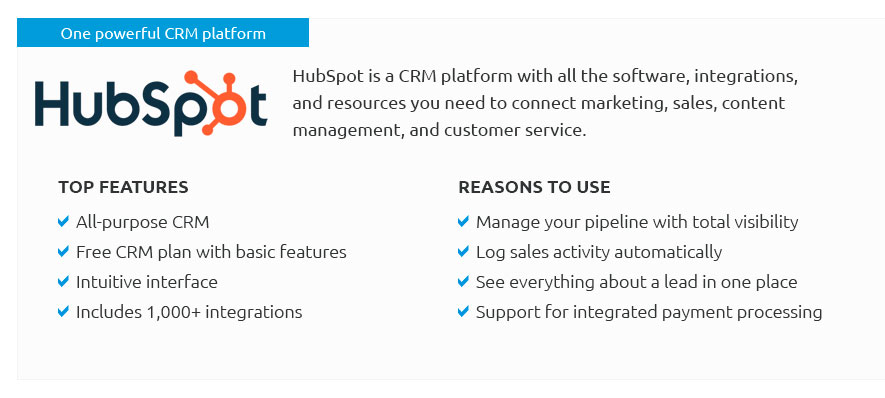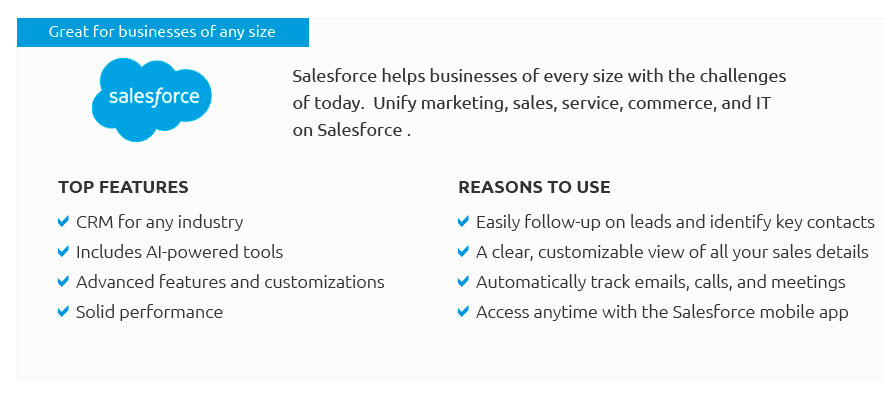 |
 |
 |
 |
 |
 |
|
 |
|
 |
|
 |
|
 |
|
 |
|
 |
 |
Understanding the Intricacies of Lead WorkflowIn the dynamic and ever-evolving world of business, the concept of lead workflow plays a pivotal role in determining the success of sales and marketing strategies. At its core, lead workflow refers to the process by which potential customers, or 'leads,' are identified, nurtured, and converted into loyal clients. This process is essential for maintaining a steady stream of business opportunities and ensuring sustainable growth. The journey of a lead typically begins with identification, where businesses use various channels-such as social media, email marketing, and SEO strategies-to capture the interest of potential clients. Once identified, these leads are categorized based on their level of interest and readiness to purchase. This categorization is crucial as it allows businesses to tailor their approaches accordingly, ensuring that the right message is delivered to the right audience at the right time. After categorization, the nurturing phase begins, which is arguably the most critical part of the lead workflow. This phase involves engaging with the leads through personalized communication, offering valuable content, and addressing any concerns they may have. The goal here is to build a strong relationship and foster trust, which is essential for converting leads into paying customers. Businesses often employ Customer Relationship Management (CRM) systems to streamline this process, as these tools provide valuable insights into lead behavior and preferences. Once a lead is deemed ready to make a purchase, they are passed on to the sales team, marking the transition from nurturing to conversion. The sales team then takes the baton, utilizing their expertise to close the deal. However, the process doesn't end here. Post-conversion, it is vital to maintain contact with the client, ensuring they remain satisfied with their purchase and are likely to return or recommend the business to others. It's worth noting that an effective lead workflow is not static; it requires constant evaluation and adjustment. Businesses must be willing to analyze their strategies, assess their effectiveness, and make necessary changes to adapt to market trends and consumer behavior. This flexibility is essential for staying competitive in today's fast-paced business environment. In conclusion, mastering the art of lead workflow is essential for any business aiming to thrive in the modern marketplace. By understanding and optimizing each stage of this process-from identification and nurturing to conversion and retention-companies can ensure they not only attract new customers but also build lasting relationships that drive long-term success. While the journey may be complex, the rewards of an effective lead workflow are undeniable, making it a worthy investment for any forward-thinking business. https://community.hubspot.com/t5/Tips-Tricks-Best-Practices/Workflow-to-create-a-lead/m-p/1034358
In a contact-based workflow, click the + sign and find the workflow action "Create record", from the dropdown you can then select the lead ... https://encharge.io/lead-management-process/
A lead management process is designed to build a relationship with your leads and track their behavior as they progress through your funnel. https://zapier.com/blog/hubspot-workflow-examples/
HubSpot workflows are automations that trigger certain desired actions in the CRM without you or your team having to perform any tasks manually.
|